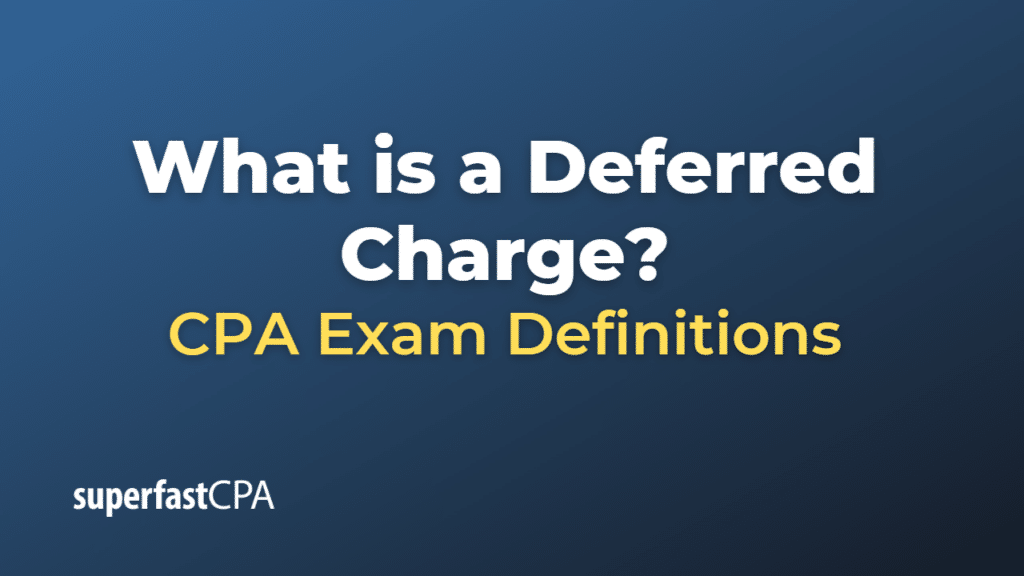Deferred Charge
A deferred charge, also known as a deferred cost or a deferred debit, refers to a cost that has been incurred but is not expensed until a later period. This happens because the cost is expected to provide economic benefits beyond the current period.
Deferred charges are listed as assets on a company’s balance sheet, as they represent future benefits that the company will realize. They are considered long-term or non-current assets if the benefits extend beyond one year.
An example of a deferred charge could be a large advertising campaign. Suppose a company spends $1 million on an advertising campaign that is expected to generate increased sales over the next five years. Instead of expensing the entire $1 million in the year it was spent, which could distort the company’s profitability for that year, the company could treat it as a deferred charge. Each year for the next five years, the company would expense $200,000 of the cost ($1 million / 5 years), spreading the cost over the period during which the advertising campaign is expected to generate benefits.
However, it’s important to note that accounting standards have become stricter in recent years about the types of costs that can be deferred. For example, the U.S. Generally Accepted Accounting Principles (GAAP) generally require advertising costs to be expensed as incurred, not deferred. Always consult the relevant accounting standards or a professional accountant when dealing with such issues.
Example of a Deferred Charge
Let’s use an example of a company investing in significant upfront costs for a long-term project, such as launching a new software platform.
Suppose XYZ Tech Company spends $5 million on research and development costs for creating a new software platform. The company expects that this platform will generate revenue over the next 10 years. To match the expense recognition with the period in which the benefits will be realized, the company can treat this expense as a deferred charge.
Instead of expensing the entire $5 million in the year it was incurred, the company capitalizes this cost as a deferred charge on its balance sheet. Over the next 10 years, XYZ Tech will amortize the cost of the deferred charge, expensing $500,000 each year ($5 million / 10 years) on its income statement. This matches the expense recognition with the periods in which the revenue from the new software platform is expected to be earned.
However, it’s important to note that the rules and standards for capitalizing and amortizing certain costs, like research and development costs, can vary by accounting standard (such as U.S. GAAP or IFRS) and by industry. Therefore, it’s essential to refer to the relevant accounting guidelines and/or consult with a professional accountant when accounting for these types of costs.













